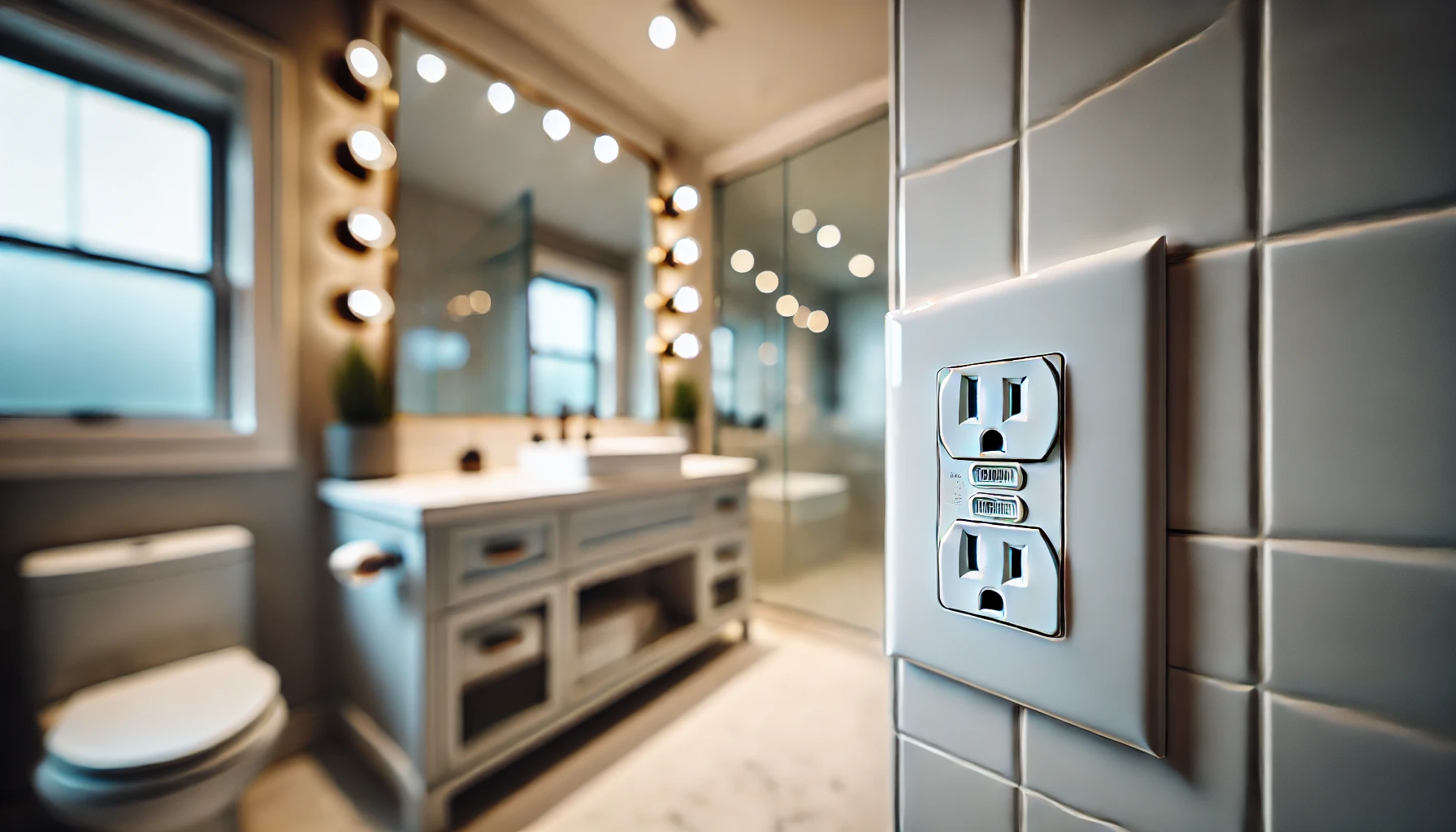What Is a GFCI Outlet?
August 12, 2025
Ground‑Fault Circuit Interrupter (GFCI) protection is one of the most important shock‑prevention measures in modern homes. A GFCI continually monitors current on the hot and neutral conductors. If it detects a difference as small as 4–6 mA—indicating current may be flowing through a person to ground—it trips in milliseconds and cuts power.
Why GFCIs matter (in plain language)
- They protect people, not equipment. Breakers protect wiring; GFCIs protect you.
- They respond faster than a breaker—fast enough to prevent dangerous shock.
- They can be provided by a GFCI receptacle or a GFCI breaker in the panel.
Where are GFCIs required in Alberta homes?
While local jurisdictions interpret the Canadian Electrical Code (CEC) and Alberta Electrical Utility Code, GFCI protection is typically required anywhere water is present or outdoor exposure is likely:
- Kitchens: receptacles within approximately 1.5 m of sinks
- Bathrooms: all receptacle outlets
- Laundry areas: receptacles serving washing machines or utility sinks
- Garages and unfinished basements
- Exterior/outdoor receptacles (including decks and patios)
- Wet bars and similar prep areas
If your home predates modern code updates, upgrading to GFCI protection in wet/damp locations is a straightforward, high‑impact safety improvement.
GFCI vs. AFCI—what’s the difference?
- GFCI: protects against shock from ground faults (people‑focused safety)
- AFCI: protects against arc faults that can cause fires (property‑focused safety)
Many areas and circuits are now required to have both protections, either via dual‑function breakers or a combination of devices.
How to test a GFCI (monthly)
- Press the TEST button. Power should shut off and anything plugged in should turn off.
- Press RESET to restore power.
- If the device won’t reset, or trips repeatedly, there may be a wiring issue or downstream fault—have it inspected by a licensed electrician.
Tip: If multiple outlets are dead, they may be on the “load” side of a tripped GFCI upstream. Find and reset the first device on the circuit.
Common signs you should upgrade
- No GFCI protection in bathrooms, kitchen counters, laundry, garage, or outdoors
- Old receptacles in damp/wet areas
- Frequent nuisance trips (often a sign of wiring issues or moisture)
- Renovations that add sinks or exterior outlets
Professional installation and code compliance
Correct GFCI placement and wiring (line vs. load) are critical for proper protection and labeling. Our licensed electricians ensure your installation meets current code and manufacturer requirements.
- Need a new receptacle installed or upgraded? See our Installation services.
- Troubleshooting or repeated trips? Our Repairs services can help.
- Planning a renovation? We coordinate GFCI/AFCI requirements with our Upgrades service.
Cost and timeline
- Typical single‑device replacement: fast and affordable, often under an hour
- Panel‑level GFCI breakers: higher cost per breaker, but protect entire circuits
- Renovations: we’ll bundle GFCI/AFCI updates with scope for efficiency
Safety first—when to call a professional
DIY work on electrical systems can be dangerous. If you notice heat, buzzing, moisture, burning smells, or repeated trips, disconnect power and contact a professional.
If you’re unsure whether your home is properly protected, our team can inspect and upgrade your system for safety and code compliance. Request service today and we’ll help you plan the most cost‑effective solution.
Call us at (403) 681‑6580 or contact us.
